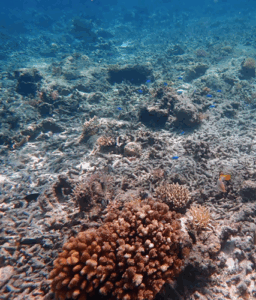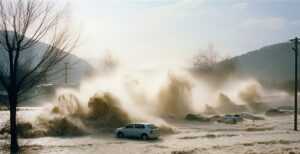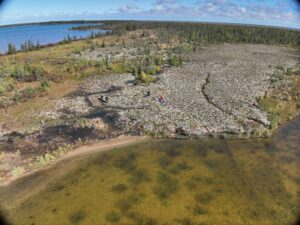Soutenance de thèse
Jean Lac
LMD
Drivers of low‑level cloud seasonality over sea ice and Greenland: Insights from 13 years of spaceborne lidar observations,
Résumé
Arctic clouds play a critical role on the sea-ice and Greenland Ice-sheet by modulating the energy received at the surface. The surface cloud radiative effect (CRE) results from two competitive effects: a shortwave cooling effect, the umbrella effect, and a longwave warming effect, the blanket effect. When considering both the Greenland ice-sheet and the sea-ice, the CRE is dominated by the longwave component and lead to a net warming effect at the surface, except for a short period in summer. As a result, they may limit sea-ice growth during winter, trigger melt events in spring or delay the freeze-up of both sea-ice and the Greenland Ice-sheet during fall. This thesis investigates the drivers of low-level clouds seasonality over the sea-ice and the GrIS, which remain poorly understood, and the associated effect on the surface radiative budget, using 13 years of space-based active cloud remote sensing by CALIPSO.
We distill three key results that clarify the seasonal controls on Arctic low-level clouds and their surface radiative impact:
(i) The steep spatially homogeneous increase of low-level optically thick clouds over the sea-ice in spring was attributed to the increase of lower troposphere temperature. While moisture transport from mid-latitudes is already sufficient to trigger the transition earlier in spring, the steep transition of temperature, from ∼−20°C in March to ∼−13oC in May, favors the formation of more liquid-containing clouds (optically thick) against ice clouds (optically thin).
(ii) From winter to spring, we reveal a weak but statistically significant control of surface pressure on the radiative effect of clouds over the Arctic sea-ice. This weak control is likely to explain the regional patterns of surface cloud radiative warming for a given period: minimum in April over the Beaufort Sea and maximum in winter-early spring over the Barents Sea.
(iii) Using a machine learning approach, we demonstrate that the surface cloud radiative warming increase of +10W/m2 in September compared to July over the Greenland west coast is attributed to frequent « polar low » circulation in the Baffin Sea, advecting clouds over the coast. This maximum occurs still in a period considered as the melt season, over a region representing 22% of the total mass loss of the ice-sheet over the last two decades.
These results suggest that space-based active cloud observations over the sea-ice and the GrIS provide strong observation constraints, helping to overcome past limitations due to the scarcity of Arctic cloud measurements. Future studies should exploit new missions such as EarthCARE to better understand the drivers of Arctic cloud seasonality and radiative effects in summer for instance.
Informations supplémentaires
Lieu
École Polytechnique (Becquerel amphitheater)
Visio
https://cnrs.zoom.us/j/96484631465?pwd=KZiAByv3EFFUhKlSdE8l8DRlRz0cEw.1
Composition du jury
- Richard Forbes (reviewer)
- Vincent Noel (reviewer)
- Jennifer E. Kay (examiner)
- Hélène Angot (examiner)
- Aymeric Spiga (jury president)
- Hélène Chepfer (PhD advisor)






